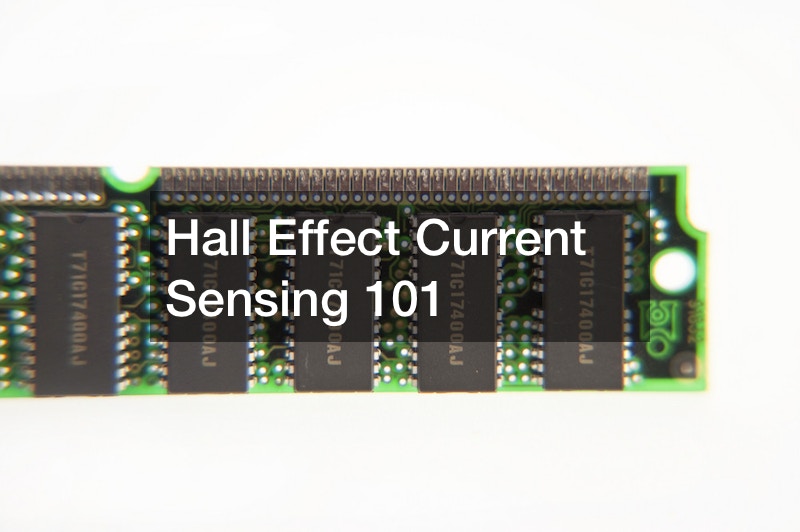
Current sensing systems are extremely useful devices used in a vast array of different solutions. The Hall effect current sensor, as explained in his video is a brilliant example of this approach.
A Hall effect current sensor adapts its output voltage based on the magnetic field in its immediate environment. The throughput of the Hall switch will read either high or low depending on whether a certain limit is reached for the concentration of magnetic fields around the sensor.
A Hall sensor senses motion through the utilization of a thin band of conductive material. If a magnetic field exists, electrons line up all along the strip edge, resulting in a shift in voltage parallel to the current flow.
Compared to other current sensors, a Hall effect current sensor offers much better protection for its users because it has a voltage regulator between the current being measured, and the sensor. More importantly, it eliminates the need for a shunt resistor used in resistive current sensing systems and deters an enormous loss of power. Hall sensors are helpful for a variety of applications in automation-robotics and industrial.




